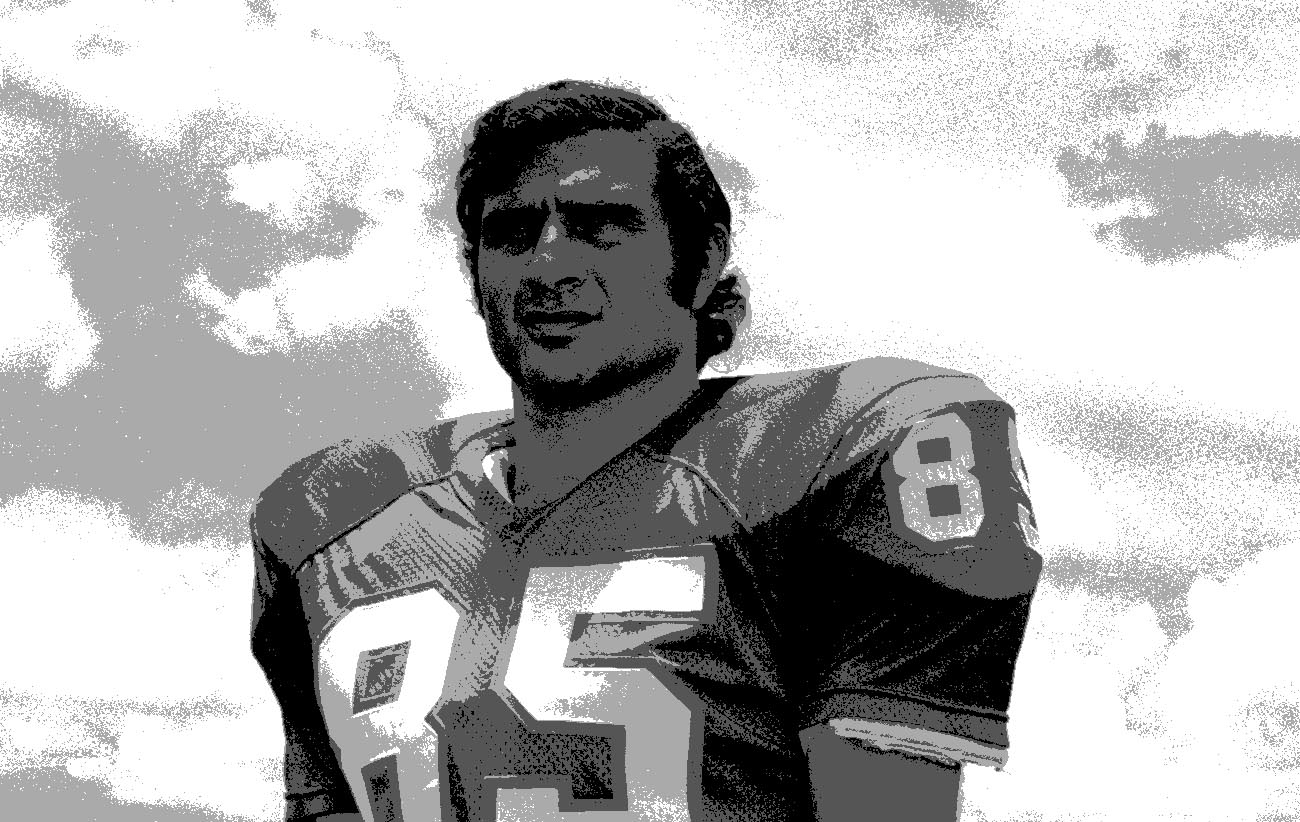Picture this. A magnified image of a cross section of the human brain. The image shows hundreds of tiny brownish bits. These bits are toxic proteins, called tau, that form after brain trauma. Tau can inhibit cellular functions in the brain, leading to depression, dementia and amyotrophic lateral sclerosis (better known as Lou Gehrig’s disease) and chronic traumatic encephalopathy (CTE), a degenerative brain disease.
Now, picture this. Another magnified image. This one shows activities associated with vibrant cellular connections. The brain is seemingly swarming with activity, actually brightening the image.
The first image is of the brain of a former football player. The formation of the tau is the result of hundreds, if not thousands, of repeated hits to the head. These violent hits, in effect, shake or “scramble” the brain, flooding it with chemicals that deaden cellular receptors and tear neural connections linked to learning and memory. In short, the connections necessary for optimal brain function and development are being shaken loose.
The second image is of the brain while a person is playing music. Brain function is about connections between cells and neurons. Healthy brains have strong, clear and vibrant connections. Research tells us that playing music triggers activity in cells and neurons in the brain that are linked to concentration, memory and creativity, thus refining the development of the brain and the entire neurological system. Further, playing music not only strengthens these connections but creates new connections, thus widening the brain’s neural network. That activity virtually bursts through the second image.
There has been an increasing amount of discussion regarding how football programs, from the NFL to Pop Warner football, are attempting to manage “concussion risk.” Without question, the revelations of the serious consequences to brain health and function that result from the repeated hits to the head sustained in football have taken the debate regarding the role of football in our culture to a new level. While most of the debate has centered on the NFL’s efforts to mitigate those negative effects, the significance of the issue as it applies to our nation’s educational system, particularly our high schools and junior high schools, is far more consequential. Specifically, we now have to give serious consideration to the question of whether the potential human costs to children’s and young adults’ health have become too great for an educational institution to assume.
Certainly, there have always been physical costs to participants. Football is a violent game. But we are not talking about sprained ankles and broken bones. Sprained ankles and broken bones eventually heal. We are talking about young people’s brains. Brains don’t always heal.
Football, at its core, is a tremendously violent game. Even if it is made “safer” with increased monitoring and improved tackling technique (an outcome that is not assured as, to date, there is little empirical evidence that such change in techniques will actually reduce the rate or severity of concussions), the risk remains extremely high. Say football starts out at 9 on a risk scale of 1 to 10 and, over a long period of time and with great effort, safety is improved such that the risk factor is lowered to 7. Is that nearly enough?
This is a dialogue that is long overdue, the brain trauma issue notwithstanding. Concern regarding football’s impact on academic values and the ability of schools to meet their educational mission has been growing steadily over the past several decades.
With a growing body of research confirming that participating in music actually energizes and strengthens the brain and brain function, while involvement in football can damage brain function, what are education and community leaders to do?
In the end, this is about community values as reflected through our educational institutions. Should we be investing so much time, energy, emotion and money in a violent sport that destroys brain cells? Or, does it make more sense, not only from an educational but a public health standpoint, to invest in music, which strengthens and develops brain cells and enhances brain function? Is our collective, community goal to develop brains or “scramble” them?
Because a picture is worth a thousand words, a good place to start that conversation would be to observe scans of the brain on football versus the brain on music.

